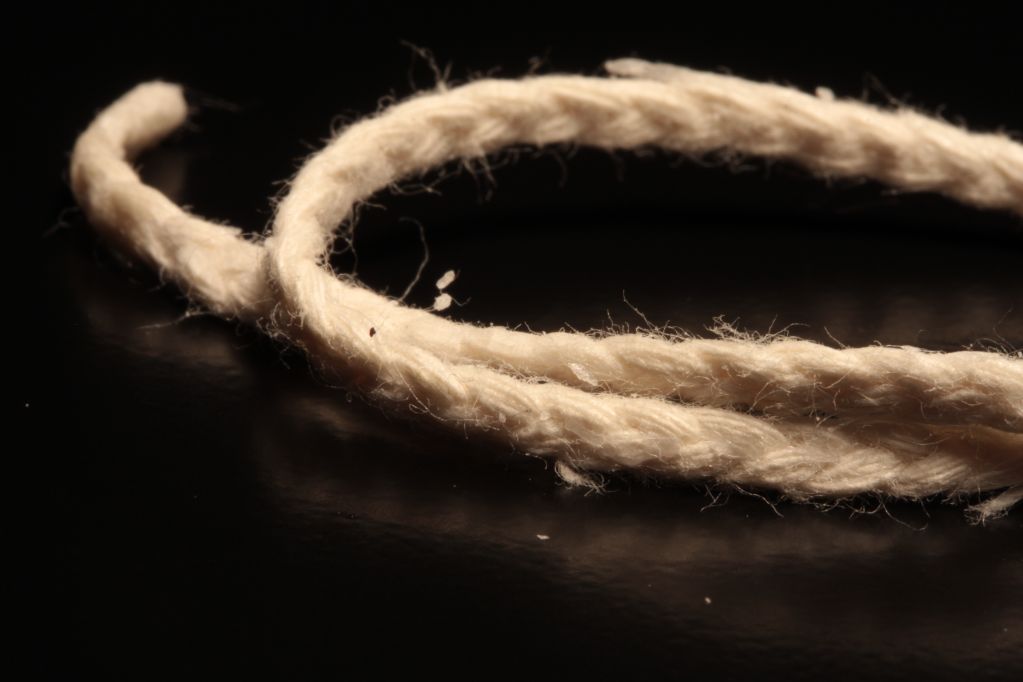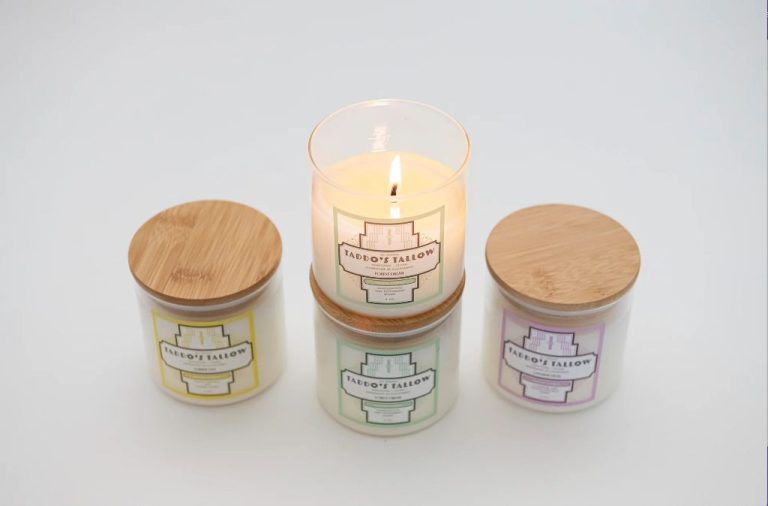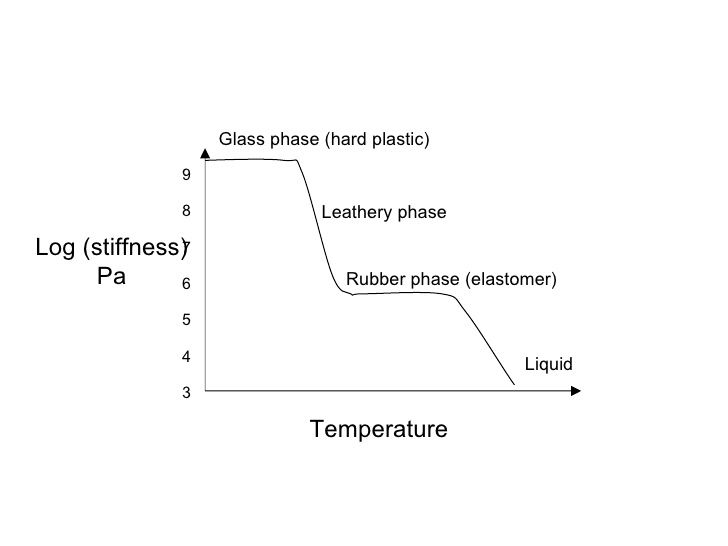What Are Wicks Made Out Of?
A wick is a string that transfers fuel to the flame in candles, oil lamps, lighters, and other devices that provide controlled combustion of flammable liquids. The wick absorbs liquid fuel via capillary action and brings it to the flame so it can continue burning.
Wicks are commonly made from materials like cotton, wood, paper, fiberglass, and zinc or tin. The material used depends on factors like cost, flame brightness, smell, smoke production, and how long the wick sustains a flame. Each material has advantages and disadvantages that make them suitable for different applications.

This article provides an overview of the most common wick materials – cotton, wood, paper, fiberglass, and metal cores. It explores the properties of each material, such as burning temperature, stiffness, absorbency, and sustainability. We will also discuss waxed wicks, wick sustainers, and factors to consider when choosing a wick for candles or oil lamps.
Cotton
Cotton is one of the most common materials used for candle wicks due to its unique properties. Cotton has a natural capillary action that allows it to draw wax up the wick as the candle burns (The Complete Guide to Cotton Wicks: All You Need To Know, https://candlelore.com/blogs/news/cotton-wick-candles-guide). The cotton fibers have small spaces between them that act as capillaries to transport the melted wax upward. Additionally, cotton has a natural twist that helps reinforce the wick and prevent bending or breaking as the candle burns.
There are several different types of cotton wicks:
– Flat braided wicks are made by braiding strands of cotton fibers together. They have a flat, tape-like shape. These wicks are rigid and sturdy.
– Square braided wicks also consist of braided cotton fibers but with a square cross-section. They are firm and upright.
– Cotton core wicks have cotton fibers wrapped around a cotton string core. This gives them extra stability.
– Twisted wicks are made by twisting cotton fibers together for a spiral shape. They bend easily as they burn.
The pros of cotton wicks are that they are inexpensive, widely available, and have good capillary action. The cons are that they can bend, mushroom, or create more smoke and scent throw than other wick materials (“Different cotton wick constructions and their burning …”, https://candles.org/wp-content/uploads/2019/06/Different-Cotton-Wick-Constructions-and-Their-Burning-Performance-in-Paraffin-Soy-and-50-50-Blend.pdf).
Wood
Wooden wicks are made from various types of wood including bamboo, birch, and poplar Wooden Wicks. When wooden wicks burn, the wood itself combusts and gives off a signature crackling sound. This makes wooden wicks popular for certain decorative and scented candles.
Some benefits of wood wicks include:
- They burn cleaner than traditional cotton wicks, producing less soot
- The crackling sound creates ambiance
- They can be shaped into creative forms like squares and spirals
However, there are some downsides as well:
- Wood wicks don’t bend as easily as cotton, making wick centering more difficult
- The crackling can be loud and distracting for some
- Wood dust can build up on the wax pool over time
The way wood wicks work is that the wood fibers burn along with the wax, producing heat to melt more wax while also emitting a signature crackling sound. As the wood burns down, new wood is exposed to continue fueling the flame Wooden Wicks. Proper wick height is important for clean burning and to prevent excess wood dust from building up.
Paper
Paper wicks are commonly used in many types of candles, especially container candles, votives, and pillars. They consist of an inner paper core surrounded by an outer braid of cotton [1]. The paper provides structure and stiffness to ensure the wick stands upright, while the cotton braid allows the wick to curl as it burns, promoting full wax pool formation [2].
There are a few types of paper core wicks: standard tabbed wicks, primed and unprimed spooled wicks, and pre-waxed wicks. Tabbed wicks have a small tab at the base to anchor them in the wax for easier wick centering. Primed wicks have been pre-treated to maximize scent throw, while unprimed have not. Pre-waxed wicks have been coated in wax to increase stiffness.
The pros of paper wicks are that they are inexpensive, readily available, and provide good capillary action. The cons are that they may produce more soot than other wick types as the paper can char. They also tend to be stiffer than other wicks. Overall, paper core wicks are a good choice for many basic candle types where you want an affordable wick that stands upright and promotes full wax pooling.
Fiberglass
Fiberglass is a popular wick material commonly used in oil lamps, candles, and chafing dishes. Fiberglass is made by weaving extremely fine glass fibers into yarn, which can then be braided or knitted into a wick (Oil Candle Supplies). The properties that make fiberglass ideal for wicks include:
- Doesn’t burn or carbonize like cotton or paper wicks
- Withstands high heat
- Wicks lift melted wax or oil via capillary action
- Flame resistant and self-extinguishing
- Long lasting and reusable
There are a few types of fiberglass wicks (Pepperell):
- Braided wicks – Yarns braided together into a wick
- Knitted wicks – Yarns knitted into a tubular wick
- Cored wicks – Fiberglass yarn wrapped around a metal core
The pros of fiberglass wicks are that they’re very durable, long-lasting, and can withstand high heat. The cons are that they may produce more soot than cotton wicks and may need to be trimmed periodically.
Zinc or tin core wicks
Zinc or tin core wicks are made with a cotton exterior braid wrapped around a rigid zinc or tin metal core. According to [Candlewic.com](https://candlewic.com/candle-wicks-explained/), the metal core provides stability and structure to keep the wick upright as the candle burns. The metal core also enhances capillary action, improving wax flow up the wick.
Compared to regular cotton wicks, zinc or tin core wicks offer several benefits:
- Burn cooler – The metal core conducts heat away from the wick, preventing it from getting too hot.
- Reduce mushrooming – The rigidity of the metal core minimizes mushrooming or enlarging of the wick tip as it burns.
- Improve burn time – The metal core allows the wick to maximize usage of the wax fuel.
- Retain shape – The wick remains straight and upright throughout the full burn.
Zinc and tin core wicks are commonly used in container candles, votives, tea lights and other applications where stability and cooler burning are desired. The metal core makes them ideal for these smaller candle styles.
Waxed wicks
Waxed wicks are candle wicks that have been coated in wax prior to being used in candle making. The purpose of coating wicks in wax is to help strengthen and stabilize the wick, leading to a better quality burn. The wax coating fills in any gaps or air pockets within the wick’s braiding and allows the wick to properly absorb wax from the melting candle as it burns (The Wax Chandler). This results in a flame that burns brighter and more consistently. Waxed wicks are less likely to bend or mushroom than unwaxed wicks, meaning the candle will burn down evenly. Most manufacturers recommend using waxed rather than unwaxed wicks whenever possible for a smoother, cleaner burn and to prevent common issues like soot buildup. The wax coating, often made of beeswax or paraffin wax, acts as a primer so the wick can readily soak up melted wax. The wax also provides a protective barrier to strengthen threads and reduce potential breakage (Craft Server). Overall, waxed wicks are preferred by most candle makers because the wax coating helps the wick function optimally. The result is a candle that burns slower, cleaner and more reliably.
Wick Sustainers
Wick sustainers, also called wick tabs, serve an important purpose in candle making. They help anchor the wick at the bottom of the candle container so that it remains upright and centered as the wax pools and melts during burning. Without a wick sustainer, wicks can fall over or move to the side in the melted wax, leading to an uneven flame, tunneling, or a “drowning” wick.
The most common materials used for wick sustainers today are:
- Zinc or tin-coated steel – These metal tabs are very sturdy and resistant to high heat. They can be purchased from candle making suppliers like Woodlark Shop (https://www.woodlarkshop.com/products/candle-wick-sustainer-tabs) and Northwood Candle Supply (https://northwoodcandlesupply.com/products/candle-wick-tabs-large).
- Lead-free pewter – Pewter tabs are a lead-free, eco-friendly option made from tin, antimony, and copper. They hold their shape well under high heat.
- Zinc or zinc alloy – Lightweight zinc sustainer tabs resist corrosion and provide stability.
The right sustainer helps anchor wicks properly for full, even burn pools and prevents common candle issues. Most should be embedded about 1/4 – 1/2 inch into the bottom of the container before pouring wax.
Choosing a wick
When selecting a wick for candle making, there are several factors to consider:
Wick diameter – The diameter of the wick plays a key role in determining the size of the flame. A wick that is too small for the candle diameter will produce a weak flame, while a wick that is too large can create smoke or soot. Use a wick sizing chart to find the recommended wick diameter based on your candle diameter.
Wick type – Different wick materials like paper, cotton, and wood perform differently. Cotton tends to bend as it burns, while wood and paper wicks stay rigid. The material affects how the wick absorbs wax, burns, and retains a flame shape. Choose a wick type suitable for your wax, vessel, and desired burn properties.
Wax type and additives – Wicks need to be matched to the specific wax blend. Beeswax, soy wax, paraffin wax, and synthetic waxes require different wicking due to differences in viscosity, melting point, and how the wax interacts with the wick. Wick sustainers added to wax can also impact performance.
Candle vessel – A candle jar, tin, or mold affects air circulation and how the heat disperses from the flame. The vessel shape should be considered when sizing the wick. Use a smaller wick for a narrow container versus a wide container.
Following manufacturer recommendations and testing wick performance is key to finding the right wick for your candle making application.
Conclusion
To summarize the key learnings about what wicks are made of:
The most common materials used for wicks are cotton, wood, paper, and fiberglass. Each material has its own benefits and drawbacks:
– Cotton wicks are natural, inexpensive, and absorbent but can produce more smoke and soot.
– Wood wicks make a crackling sound but don’t absorb liquid as well as other materials.
– Paper wicks are very affordable but tend to burn faster than other options.
– Fiberglass wicks are rigid, long-lasting, and give a bright flame but can leave black ash residue.
Other specialty wicks include zinc or tin core wicks which help maintain wick shape and waxed wicks which burn slower. Wick sustainers can also be paired with wicks to help extend burn time.
When selecting a wick, consider the candle’s wax type, container size, how the candle will be used, and personal preferences on smoke, soot, and burn time. Testing different wick materials and sizes is key to finding the optimal combination.




